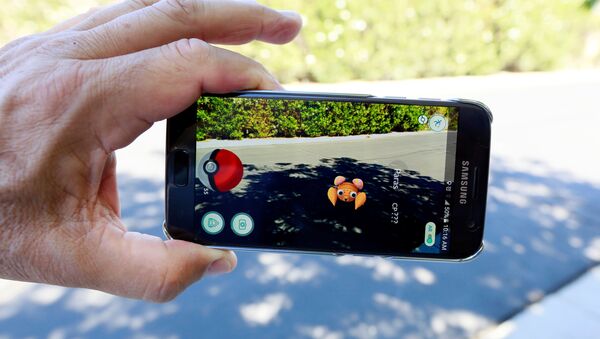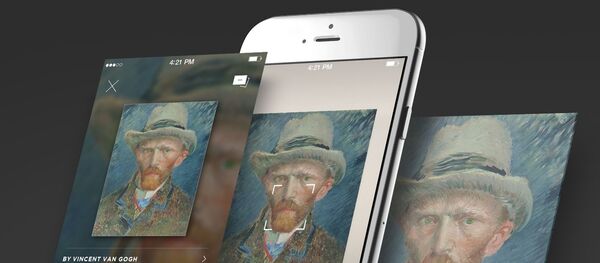In the 1901 sci-fi novel "The Master Key," a teenage boy summons "The Demon of Electricity" and starts receiving mysterious gifts, with one of them looking a lot like today's augmented reality gadgets. Here is how the author of the novel L. Frank Baum describes the device:
"It consists of this pair of spectacles. While you wear them every one you meet will be marked upon the forehead with a letter indicating his or her character. The good will bear the letter 'G,' the evil the letter 'E.' The wise will be marked with a 'W' and the foolish with an 'F.' The kind will show a 'K' upon their foreheads and the cruel a letter 'C.' Thus you may determine by a single look the true nature of all those you encounter."
Augmented reality, or AR, is a live direct or indirect view of reality, which is supplemented or altered by computer-generated visuals, audio or GPS data. Currently, besides special glasses or helmets, the technology is widely available on smartphones and tablets.
Surprisingly enough, unlike many other gifts, which were given to the protagonist of "The Master Key" by the Demon of Electricity, the modern version of "magic glasses" powered by artificial intelligence is now quite close to reading people's minds. An app called Magic uses smartphone cameras to scan faces and is able to accurately interpret human emotions, such as fear, anger and happiness. Then the app augments the live video feed with animated tears, hearts or flames.
It's expected, that the virtual and augmented reality markets grow even more in the coming years. According to Digital-Capital.com, by 2021 mobile AR could become the primary driver of a combined VR/AR $108-billion market.
We'd love to get your feedback at radio@sputniknews.com.
Have you heard the news? Sign up to our Telegram channel and we'll keep you up to speed!




